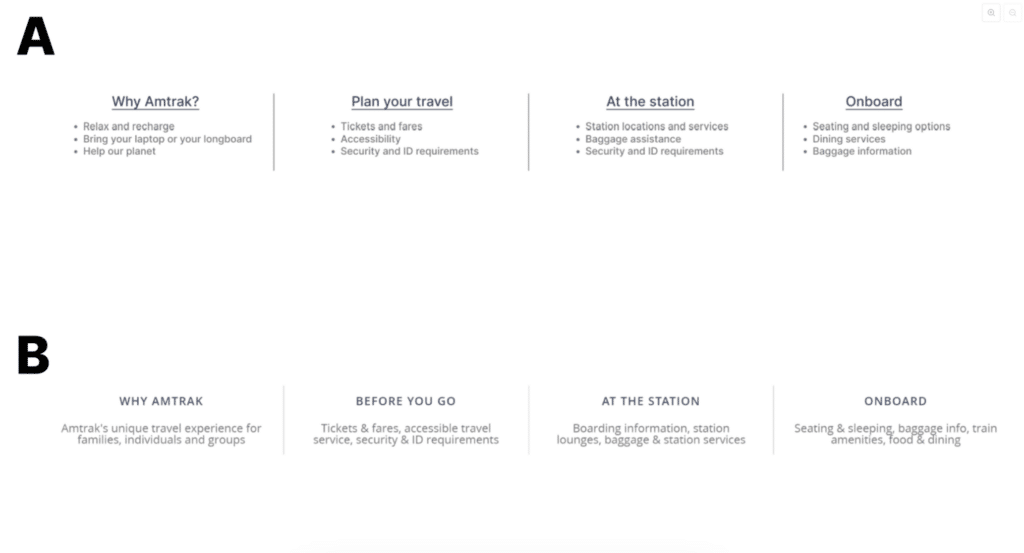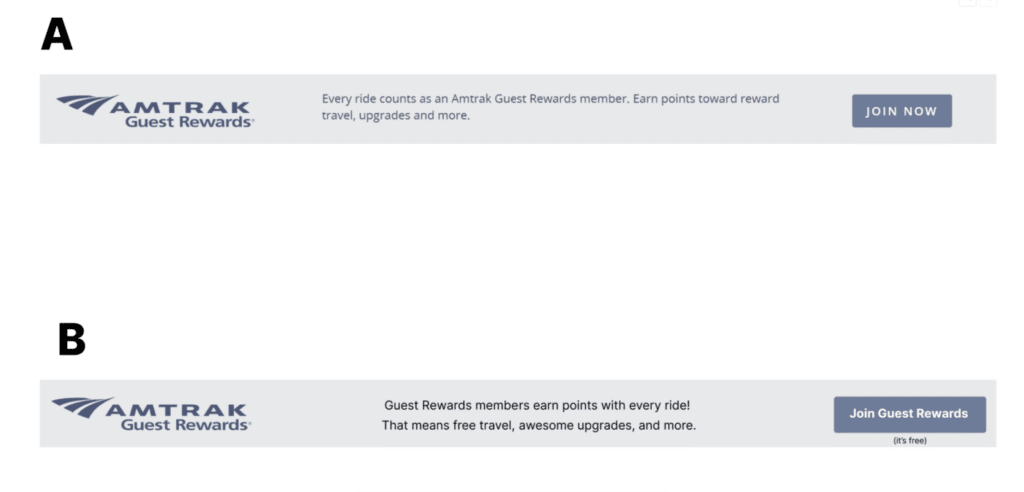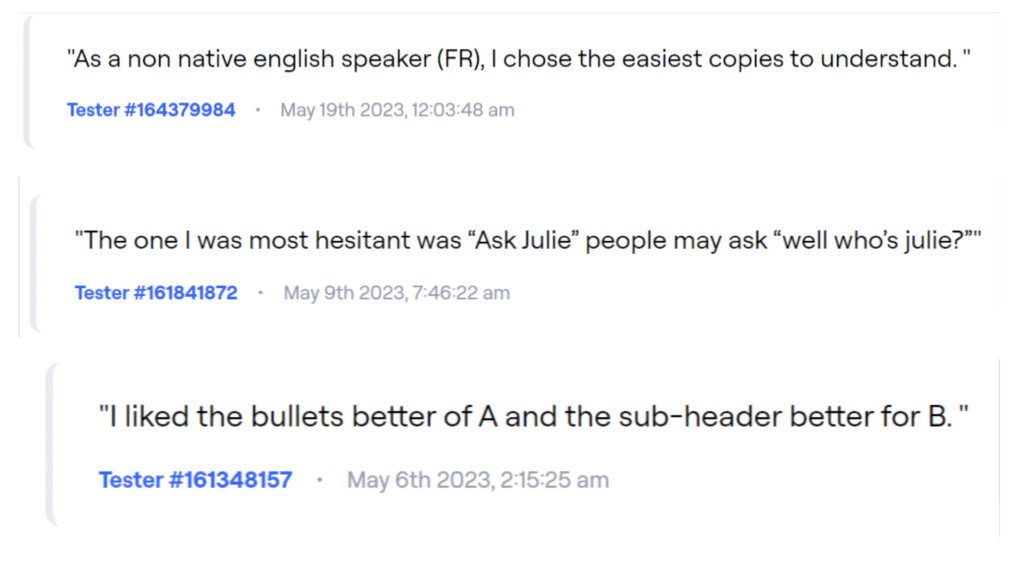Why do a case study?
Case studies play a crucial role in helping UX writers understand their users better and create effective content. By delving into real-life scenarios, they provide valuable insights into user behavior, needs, and pain points. Through conducting case studies, UX writers can gather qualitative and quantitative data, observe user interactions, and identify areas for improvement. This firsthand knowledge enables them to craft content that resonates with users, enhances their experience, and aligns with their expectations. Case studies also serve as a powerful tool for showcasing the impact of UX writing, demonstrating the value it brings to the overall user experience. So, by immersing themselves in case studies, UX writers can fine-tune their skills, create user-centric content, and ultimately contribute to the success of the products they work on.
The purpose of this case study:
The purpose of conducting a case study for Amtrak is to evaluate whether improvements to their UX writing can result in a more positive user experience. To achieve this, we simulated a user journey with the intention of booking a fare on a train. By immersing ourselves in this process, we were able to identify several key areas where the user experience could be enhanced through effective UX writing. Throughout our exploration, we discovered opportunities to clarify instructions, streamline information presentation, and provide more intuitive guidance. These findings indicate that implementing well-crafted UX writing can significantly improve the user experience for Amtrak customers. By addressing these identified areas, Amtrak can create a more user-centric platform that enables customers to easily navigate, understand, and engage with the booking process, ultimately leading to a more satisfying and efficient experience for their users.
The parameters of this case study:
During our experiment, a total of 37 participants actively took part in our assessment. To set the stage for testers, we designed the initial screen to provide context and ensure a realistic scenario. Utilizing the user testing platform Maze, we hosted the test, considering the constraints of not having access to Amtrak’s specific user journey or goals. Therefore, we adopted a straightforward preference-based approach to evaluate the copy. Although this might not be the conventional method for conducting a user test, it was the most viable option we had for experimenting without access to the detailed specifications of Amtrak’s intended user journey and experience.
Rewriting the search copy:

The search bar copy is so important. Users are relying on this, to quickly find what they need on your site. Nothing you write here should slow them down or prevent them from using this feature. When I found myself saying “who’s Julie?” I knew this would be a small but important change to test.
The results: 83% of testers preferred the rewrite (version B).
Rewriting the menu copy:

People don’t visit websites to read. The goal is to make copy easy to scan. With bullet points users will be able to find the information they need more quickly.
The results: 79% of testers preferred the rewrite (version A).
Rewriting the signup copy:

Building brand loyalty is an important part of earning repeat business. At a moment like this, the copy should be user centric, highlight the potential benefits, and address any anticipated concerns.
The results: 69% of testers preferred the rewrite (version B).
Rewriting the sales copy:

Getting the sales copy right is a must and it takes user research to truly understand what the customers want and what needs to be clarified.
Clear, concise, user centric copy is a good place to start.
The results: 59% of testers preferred the rewrite (version A).
Why Feedback matters:It serves as a valuable tool for continuous improvement and refinement of the user experience. By actively seeking feedback from users, we as UX writers can gain valuable insights into how our content is perceived, understood, and used. Feedback helps to identify pain points, confusion, or areas where the messaging may fall short. It also enable us to iterate and fine-tune our content.
By fostering a feedback loop, UX writers can build a collaborative relationship with users, demonstrating their commitment to creating meaningful and effective experiences. Ultimately, incorporating user feedback empowers UX writers to create content that resonates, enhances usability, and contributes to overall user satisfaction.
The feedback we got:We collected some additional input from the testers. What they shared confirmed some of our theories and provided other insights that we would use to modify and retest the copy.

Looking to do something similar?
- Look for products or pages that are lacking in the experience they provide to their users. 👀
- Pick just a few key moments in the user journey to rewrite. Places where the business will clearly see the value in improving the copy💲.
- Do your best to familiarize yourself with the existing tone and voice. Don’t try to change it. ☝️
- Keep your feedback respectful and constructive. Remember…this is unsolicited 🙊!



